Over the years livestock experts and nutritionists have tirelessly sorted and researched alternatives feed ingredients for corn and soybeans, which are extensively used in formulating livestock feed, especially for poultries and pigs.
Despite some hindrances like anti-nutritional factors, unavailability, palatability, etc, associated with these feed alternatives, there has been some progress in this aspect. For example, 15 % oat in combination with barley can replace corn without affecting overall performance. In the same vine, (Abdulrashid and Agwuaobi, 2009), reported that cocoyam meal will effectively replace maize at 25% (raw sundried) and 50% (boiled sundried) as a major source of energy in the diets of broiler finishers.
However, one of the major setbacks is the anti-nutritional factors found in these feed alternatives, but notwithstanding, nutritional experts have been able to produce some enzymes capable of enhancing the digestibility of these feed alternatives.
ok, enough of the intro...
So, in this post, I will show you the latest feed alternatives for maize and soybeans, their anti-nutritional factors, the amount in percentage that can be used, and the source. However, in this episode, the alternative feed ingredients are more common in America and Europe, and to a lesser extent in some parts of Asia and Africa. You can see alternative feed ingredients common in Africa here.
Ok, let continue...
Also Read: How to Make Chicken Lay Big Eggs and Make More Profit
Let us look at the value of what is being Replaced
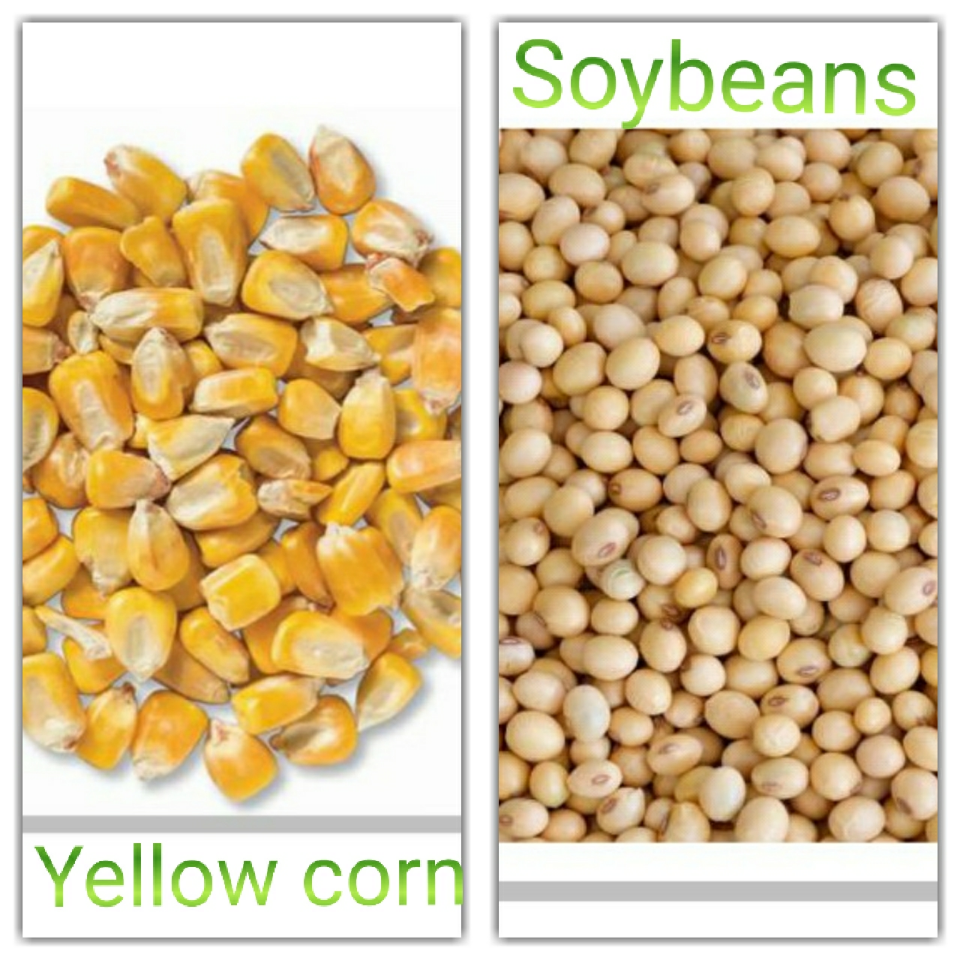
| Corn | Soybeans |
| 7 – 9% Protein | 36 – 48% protein |
| 1475 -1600 kilocalories per pound | 1050 (48% meal) – 1600 (Full fat roasted) kilocalories per pound |
| Xanthophylls (yellow color) for yolk and body-color | 16 – 20% Fat – natural oils that provide non-starch energy. |
| Available almost everywhere | Soybean meal is available almost everywhere. |
| Cheap! | The cheapest source of protein! |
Next is alternative grains
What are alternative feed ingredients for corn and soybeans?
The table below contains alternative grains for corn and soy.
| Energy alternative sources for Corn | Protein alternative sources for soy |
| Wheat | Peas |
| Barley | Sunflower meal |
| Grain Sorghum (Milo) | Linseed (flax) Meal |
| Triticale | Camelina Meal |
| Fish Meal | |
| Crab Meal | |
| Sesame Meal |
Also read Blog 7 Ways On How To Winter Chickens To Keep Them Warm:
Alternative Feed Ingredients for Corn
- Grain Sorghum (Milo)
- Wheat
- Barley
- Triticale
1. Grain Sorghum (Milo)

- 7-9% protein, 1400 Kcal/lb
- The most suitable replacement for corn.
- Feeding value is essentially 95–96% the same as corn
- Limitation: tannin content
- The red or rusty color of the seed = higher tannins
- White or light varieties have fewer tannins which allow feeding higher levels
- Should be limited to 30-40% of the total diet based on the tannin content
2.Wheat

- 9-16% protein, 1440 kcal/lb
- Hard, red spring wheat varieties tend to have higher protein •
- Soft, white winter varieties lower protein
- Limitations: Pentosans content and the lack of Xylanase enzymes produced by the poultry digestive tract
- Diets should be limited to 30% for young poultry and 50% for mature poultry
3. Triticale
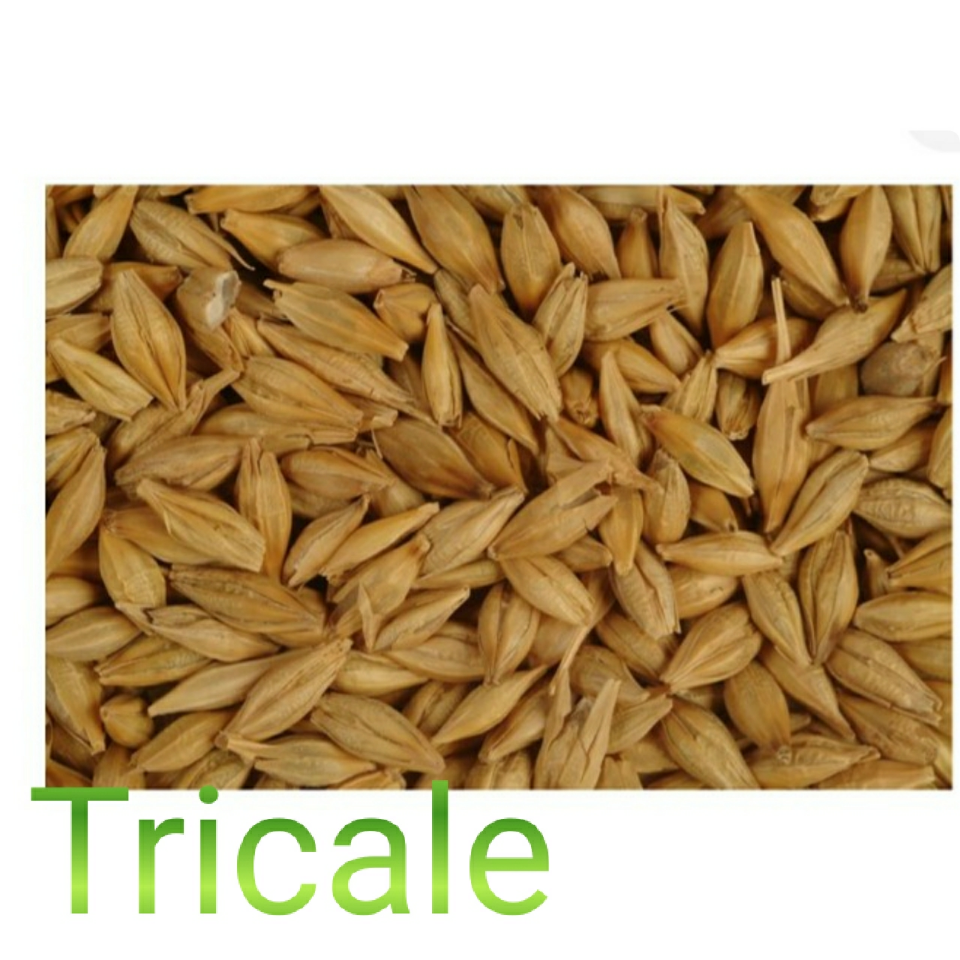
- 11-13% protein, 1400 kcal/lb
- Hybrid of wheat and rye
- Limitations: Pentosans content and the lack of Xylanase enzymes produced by the poultry digestive tract
- Similar to wheat
- Diets should be limited to 30% for young poultry and 50% for mature poultry
Also read: How to cure paralysis in broiler chickens for full recovery
4. Barley
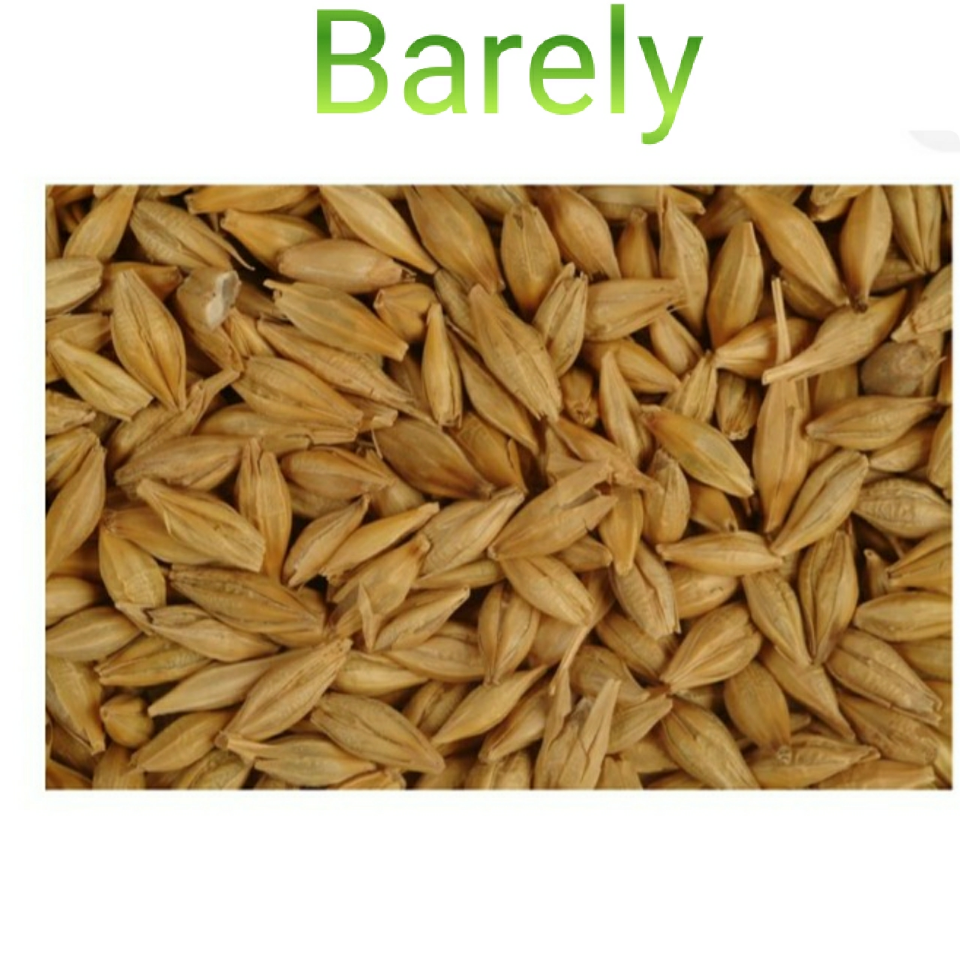
- 11-12% protein, 1250 kcal/lb
- Limitations: are due to β-Glucan content of barley, 5-8%
- Should be limited to 15 – 20% of the diet
- May be fed at higher levels if βGlucanase enzymes are added to the diet
Alternatives Feed Ingredients to Soy
- Peas
- Fish Meal
- Linseed Meal
- Sunflower Meal
- Camelina Meal
- Crab Meal
- Sesame Meal
- No-Soy Protein Blend
1. Peas (Field, Cow, Cull)

- 22 – 24% CP, 1300 kcal/lb average energy
- Limitations:
- Low Sulfur Amino Acids
- Tannins- higher tannin varieties will reduce protein digestibility
- 6% reduction for every 1% of tannins
- Limited to 20 – 25% in most poultry diets
Also Read: why-are-my-broiler-chickens-dying-suddenly-causes-and-solution/
2.Fish Meal

- 58 – 72% protein, 1280 – 1550 kcal/lb
Limitations to feeding:
- High oil varieties-Herring, Menhaden, and Anchovies may cause off flavoring due to the fish oil
- High oil meals, should not exceed 5% of the ration
- Low oil varieties-Catfish meal, comes from farm-raised catfish. May contain higher levels of contaminants, antibiotics, or heavy metals
3.Linseed (Flax) Meal
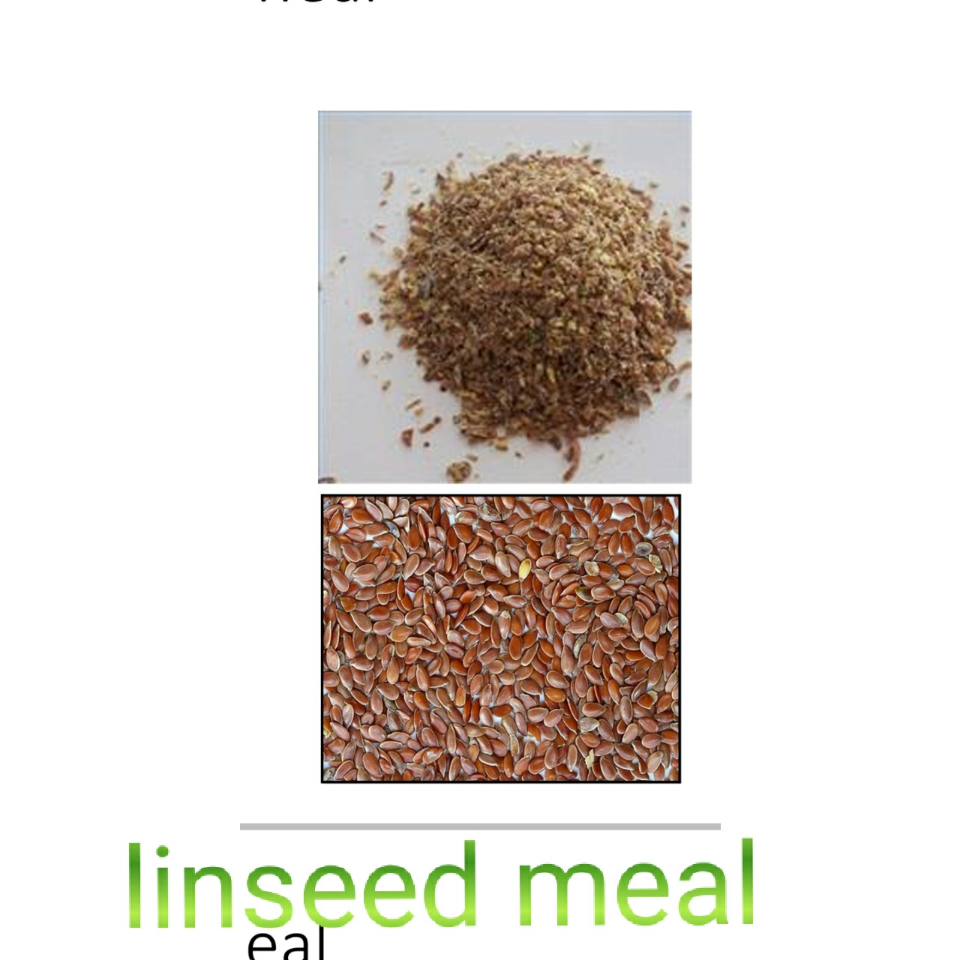
- 30-37% protein, 1100-1300 Kcal/lb
- Generally only used in ruminant feed. If kept fresh and not oxidized, works well in poultry and swine feeds.
- Limitations: off flavoring
Fish flavor or paint like smell from the high oil content at levels above 30%
- Can be fed up to 20% of the diet safely without off flavoring • Use caution in combination with fishmeals and other high Omega 3 oils!
4.Sunflower Meal
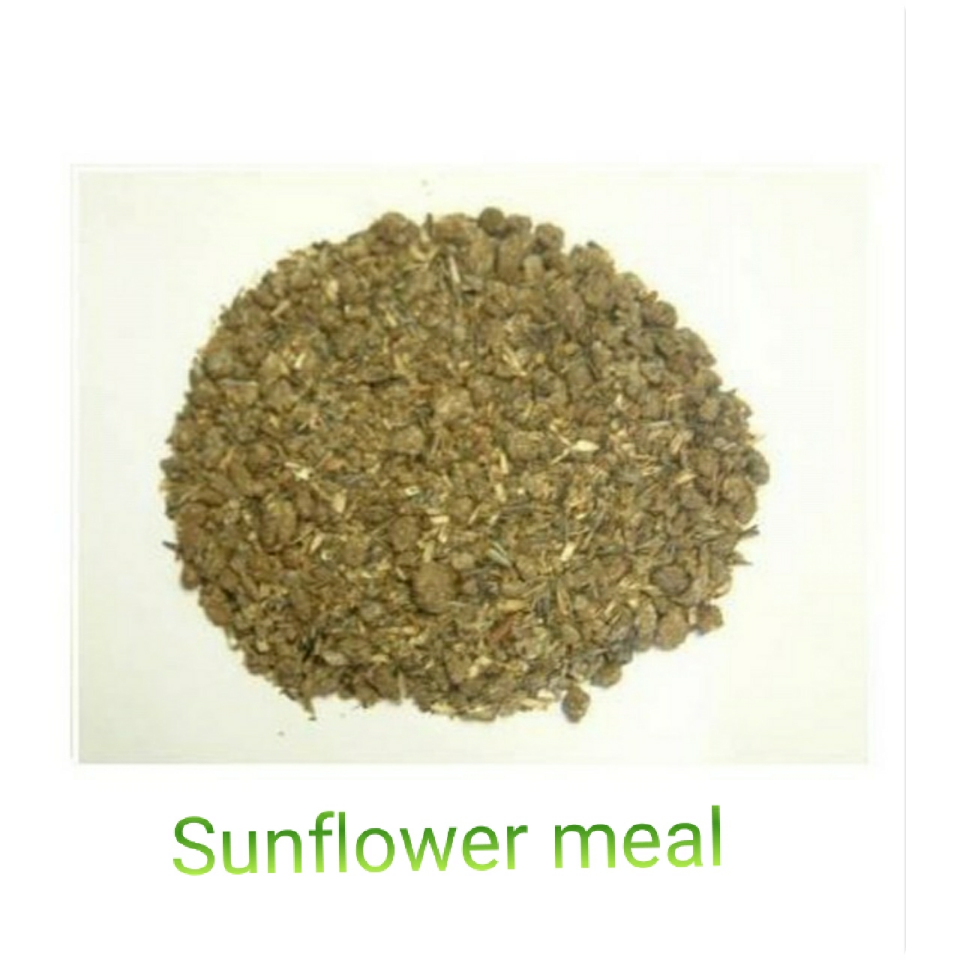
- 34-38% CP, 1000 – 1100 Kcal/lb
- By product of the oilseed industry
- Limiting concerns: highly oxidative and very high non-digestible fiber
- When fresh, can be used up to 10 -15% of the diet
5.Camelina Meal

- 37% CP, 1510 Kcal/lb
- The byproduct of the oilseed industry
- It has the protein and energy of roasted soybeans after the oil has been removed
- Limited by the FDA to not exceed 10% of Layer and Broiler diets, 2% for swine
- So far, does not appear to oxidize quickly and cause feed refusal
6.Crab Meal

- 30-36% CP, 900-1100 kcal/lb
- A byproduct of the food industry
- Limitations: high salt, low energy
- Usually between 2-3 salt from natural sources
- Very low availability in most areas
Also read: See the basic poultry feed ingredients
7.Sesame Meal

- 42% CP, 1025kcal/lb ME
- Similar amino acid profile to soybean meal
- Lower lysine, higher methionine
- Low in isoleucine, leucine
- A byproduct of oil see the industry
- Limitations: Phytic acid, which inhibits calcium absorption
- Up to 10-12% of broiler diet • 15% of grower/finisher pigs
In conclusion, these alternative feed ingredients can not completely replace corn and soybeans due to their anti-nutritional contents. So, in using them you have to consider their limitations. Although, most of these alternatives are not largely distributed around the globe, which is one of the challenges limiting their use. Nevertheless, I hope other regions like Asia and Africa have potential feed ingredients untapped. So, it is left for the research institutions to carry out analysis on them and present their profile as those presented in this article.
This article has been edited from the paper 'Feed Formulating Alternatives to Corn and Soy', Presented byJeff Mattocks, feed ingredient specialist with Fertrell Company. From the 2017 PFI Annual Conference, January 20-21 in Ames.
Sharing Is Caring!
Please share and comment.
Need a website or other IT services? Visit our website!
Share on Twitter Share on Facebook
Comments
There are currently no comments
New Comment